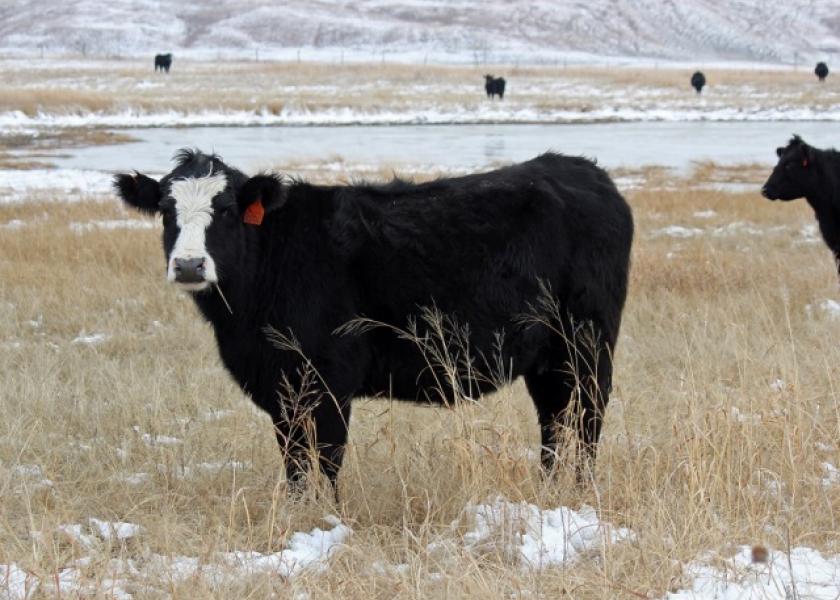Plan Now to Make It Through the Winter: Part II

Last week I shared some of the first steps for plans to get through the winter with an intact cattle operation. The focus last week was taking steps now to reduce stocking rates and enhance grazing efficiency. This week's focus will be on proactive steps for winter feeding.
- Determine how much hay you have and how much you can feed daily for the expected feeding period. If you have as little as 10 pounds of hay available per cow-day, you may not have to purchase more hay or roughage to provide a balanced diet to your cows.
- Test your hay or other roughage source. It is impossible to determine what your cows will require without some knowledge of the quality of what you are feeding them. Hay is variable and moderate to low in protein and energy. Crop residues are more variable and generally low in protein and energy.
- Consider planting warm-season annuals as a grazing crop in the late summer to fill early fall forage gaps. Warm-season annuals can produce 4 to 5 tons of dry matter per acre in 45 days when planted in late summer. Grasses like corn and millets do not produce prussic acid when under stress, which can be a concern for sudangrass, johnsongrass, and sorghums when frosted.
- Plant cool-season annual grasses in your pastures. The subdivided pastures you created are a great place to establish complementary forage be established. If you keep the cows off these pastures until they are 6 or 8 inches tall they will provide excellent forage for use in the winter or early spring which will decrease the hay feeding and can be used as an early hay or silage crop.
- Balance a supplement or feeding program that makes sense in your operation. There is no ‘one size fits all’ feeding program for every cowherd.
- Feeding monensin to beef cows has been shown to decrease forage intake 8% without impacting cow bodyweight or body condition.
Although these steps are not easy and will require thought and some work, if your goal is to keep your operation intact and profitable, they are well worth the effort.
Dr. Dave Lalman and I covered preparation for extended drought in two Rancher’s Thursday Lunchtime webinar presentations from February this year. These presentations can be found at https://www.youtube.com/watch?v=e7v-zTmzzHw







